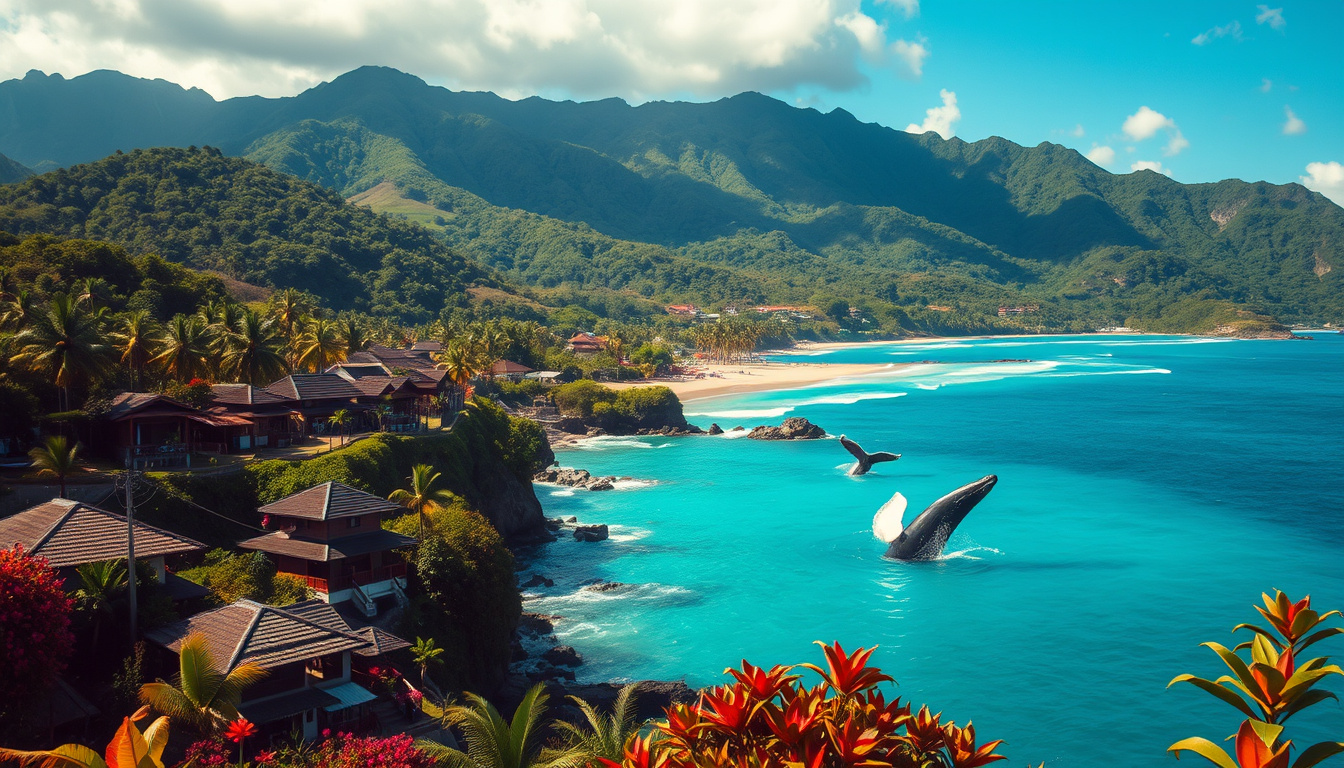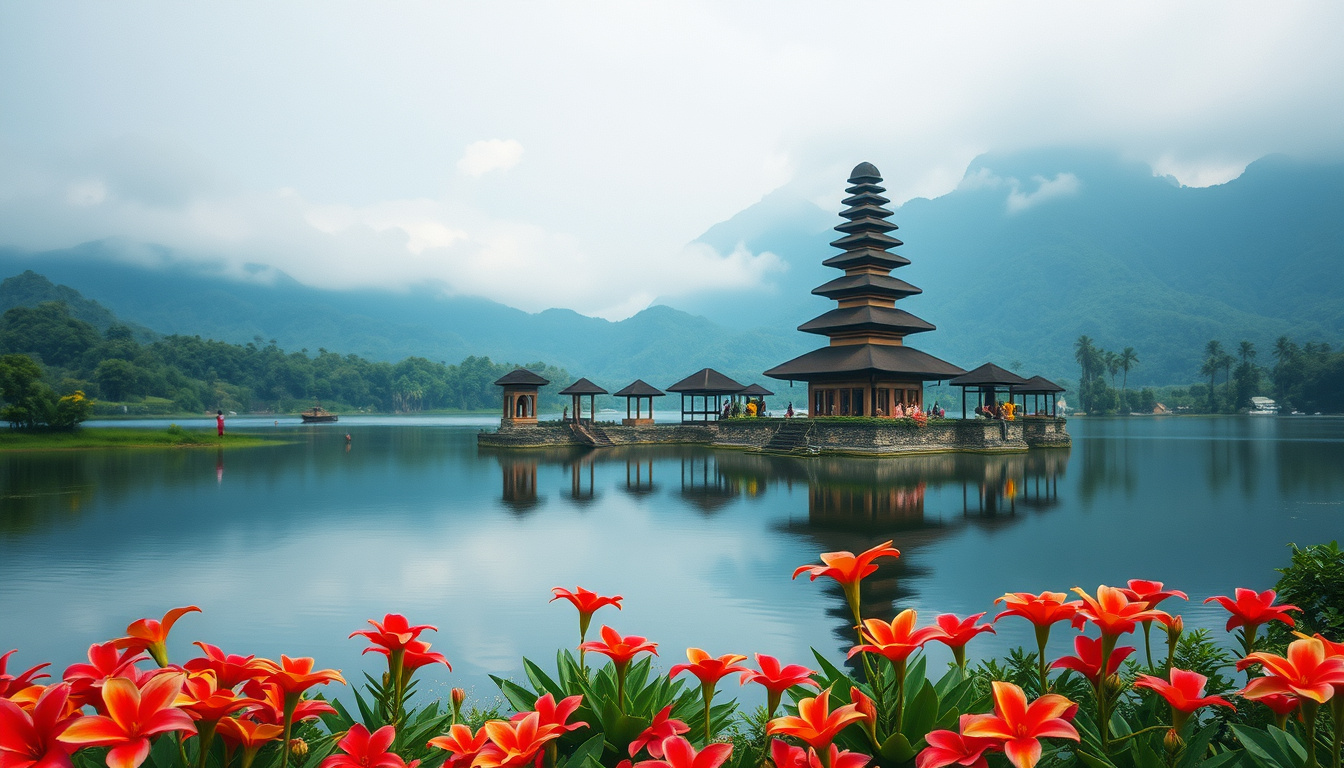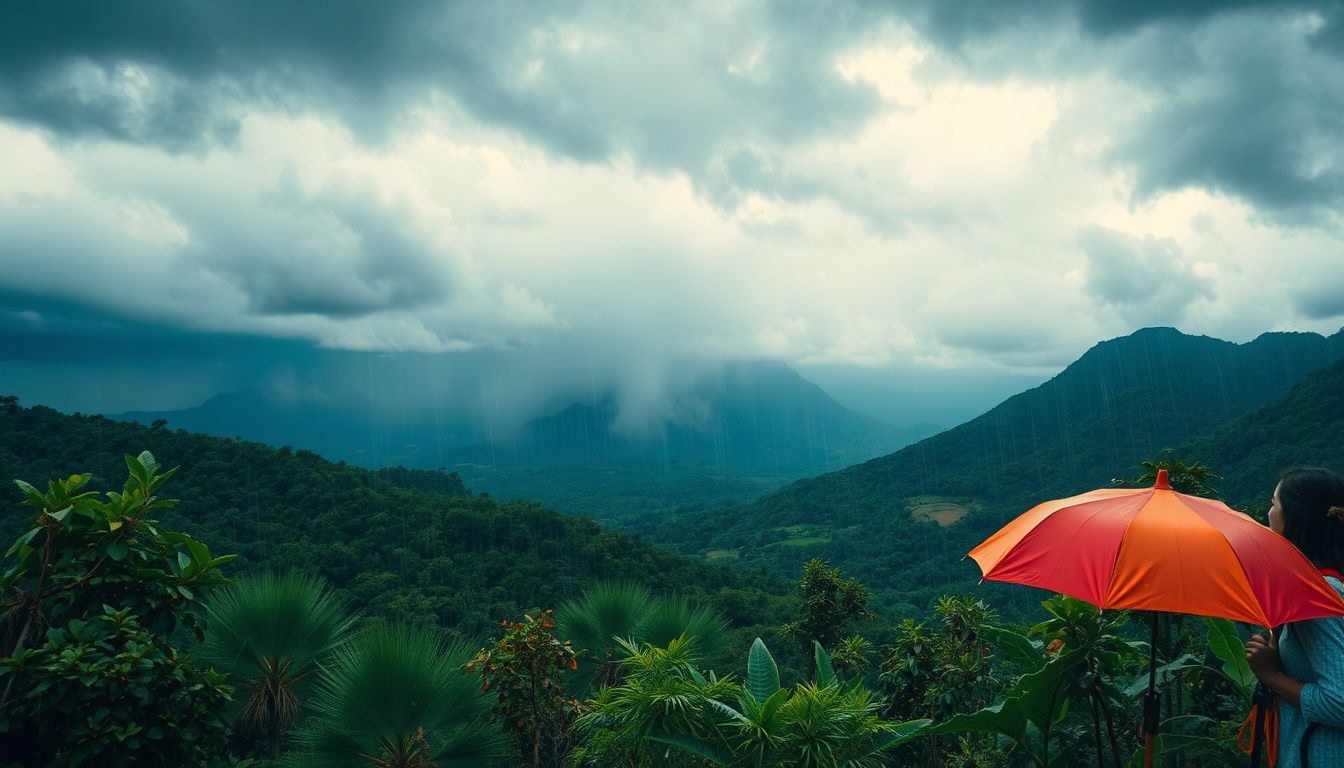Bali: The Realities Behind the Tropical Paradise
By Lachlan Brown
Published March 29, 2025
Bali, often heralded as a tropical paradise, draws millions of travelers each year with promises of stunning beaches, vibrant culture, and breathtaking landscapes. Travel blogs and glossy photo essays typically showcase the island in an idyllic light, but for one visitor, the reality was markedly different. A recent visit revealed that while Bali certainly has its charms, there are also several aspects that fall short of the postcard-perfect imagery often portrayed online.
Arrival in Denpasar: The First Impressions
Stepping off the plane at Ngurah Rai International Airport in Denpasar, visitors are greeted with the chaos of bustling city life. The initial excitement of arriving in Bali can quickly turn to overwhelm as the realities of dense traffic, noise, and packed streets set in. Peak travel seasons, such as June through September and around the Christmas and New Year holidays, exacerbate these conditions, making for longer travel times to popular destinations like Kuta or Seminyak. This is not the serene island vibe many anticipate.
Beach Bliss: Managing Expectations
When envisioning Bali, many picture pristine beaches with powdery white sand and crystal-clear waters. While the island boasts some stunning shorelines, such as Nusa Dua and Padang Padang, the reality of places like Kuta Beach can be far less appealing. Overcrowding, aggressive street vendors, and surf competitions can detract from the experience. Moreover, Bali faces significant waste management challenges, and visitors may encounter litter on beaches, particularly during the rainy season. While hidden gems exist for those who venture off the beaten path, it’s essential to temper expectations.
Tourist Hubs Versus Authentic Experiences
Famed areas such as Kuta, Legian, and Seminyak offer convenience with a plethora of dining options, nightlife, and shopping opportunities. However, the convenience often comes at the price of Bali’s distinct charm, as these locations feel increasingly commercialized. For travelers seeking a more genuine experience, Ubud presents an appealing alternative, known for its lush landscapes and artistic heritage. Unfortunately, even Ubud has succumbed to overtourism, with congested streets and throngs of visitors at popular attractions like the Sacred Monkey Forest and Tegalalang Rice Terraces. Travelers looking to escape the crowds may want to explore the less tourist-laden regions, such as Amed or Sidemen.
Embracing Culture and Customs
Bali’s rich cultural tapestry is interwoven with Hindu traditions, showcased in its intricate temples and daily rituals. Iconic sites like Tanah Lot and Uluwatu Temple provide awe-inspiring views, particularly at sunset. However, these locations can draw large crowds, diminishing their tranquility. Visitors are reminded to respect local customs, especially the small offerings placed throughout the island, which are integral to Balinese spirituality. Furthermore, while locals are typically warm and welcoming, the increased tourist presence has led to some pushy interactions, particularly from souvenir sellers looking to capitalize on visitors’ naivety.
Balancing Budget Expectations
One of the prime attractions of traveling to Bali is its reputation for affordability. While it is possible to find inexpensive meals in local warungs or enjoy budget-friendly accommodations, prices have risen in well-trodden tourist areas. Those seeking upscale experiences, such as villas with private pools, may find prices comparable to mid-range options back home. Bargaining is part of the local shopping culture, but it’s essential to approach it respectfully, recognizing that a small discount can be significant for local vendors.
Nightlife: Fun with Caution
Bali’s nightlife is legendary, featuring vibrant beach clubs and late-night bars, particularly in Kuta and Seminyak. Though the atmosphere is lively and drinks flow freely, visitors should remain vigilant about their possessions and personal safety. The strict drug laws in Indonesia also serve as a warning; penalties for drug-related offenses can be severe, making discretion crucial.
Navigating Natural Beauty Amid Overtourism
Despite the challenges, Bali’s natural beauty remains a highlight. From the iconic rice terraces to enchanting waterfalls, the island’s breathtaking scenery is undeniable. However, with tourism booming, popular spots often feel overcrowded, detracting from the enjoyment of nature’s splendor. For those seeking tranquility, exploring less commercial areas like Lovina for dolphin watching or immersing in the serene landscapes around Sidemen can offer a much-needed escape from tourist crowds.
Conclusion: A Mixed Experience
In closing, Bali emerges as a complex destination that is neither wholly a paradisiacal retreat nor an overcrowded tourist trap. Its unique blend of spirituality, culture, and natural beauty offers worthwhile experiences, but travelers should remain aware of the realities shaped by mass tourism and commercialization. By tempering expectations and venturing beyond the well-worn paths, visitors can uncover the authentic and captivating essence of this beautiful island.











Add a comment